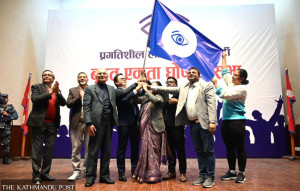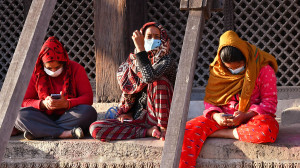Politics
Kathmandu braces for Republic Day showdown
CPN-UML and royalist groups have planned parallel rallies. Security agencies on high alert to prevent clashes.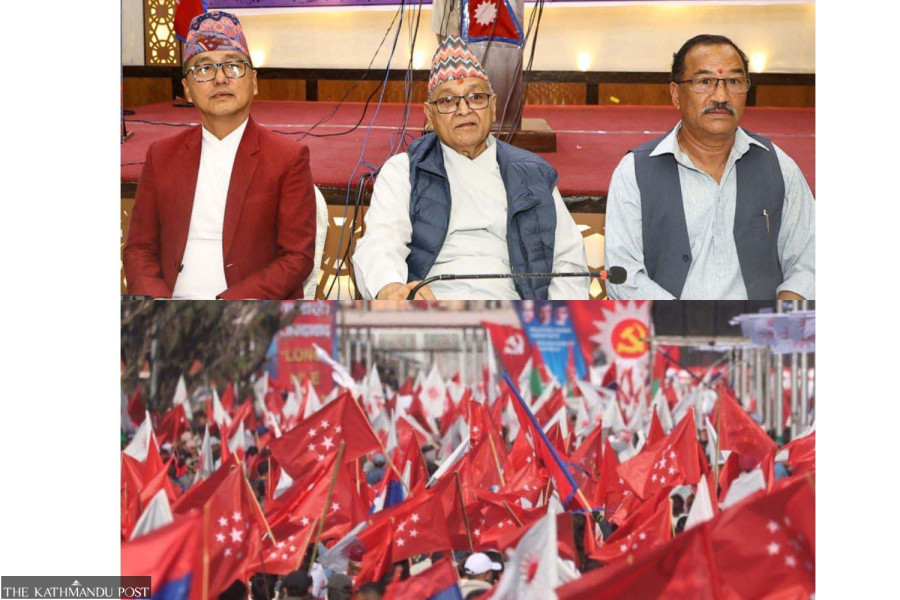
Anil Giri
Security agencies have stepped up vigilance across the Kathmandu Valley since Tuesday with the ruling CPN-UML and supporters of Hindu kingdom planning rallies in the capital on Thursday. But security officials fear the parallel demonstrations could lead to clashes and thus pose a security risk. In response, the government is set to deploy large numbers of security personnel across the city on Thursday.
On the occasion of Republic Day, the CPN-UML is holding a “Republic Mahotsav” at Bhrikutimandap on Thursday. Organising a press conference on Wednesday, UML General Secretary Shankar Pokhrel said that although former king Gyanendra Shah accepted the historic decisions of the Constituent Assembly, his recent activities undermine the constitution and democracy.
“In such a situation, we feel the Nepali people should celebrate the republic as a festival,” said Pokhrel. “Our party has decided to celebrate Jestha 15 as Republic Day and we are making preparations accordingly.”
Regarding a recent statement by Prime Minister and CPN-UML chief KP Sharma Oli about “capturing the streets of Kathmandu” on Thursday, the same day royalist groups have planned a rally in the capital, Pokhrel defended Oli, saying he was speaking as the chairman of the UML, not as the prime minister.
“As prime minister, he speaks about state policies. As party chairman, he speaks from the party’s perspective,” Pokharel said. “Sometimes there is confusion when one cannot distinguish between these roles. It’s important to understand that difference. Moreover, we are in a coalition government. The policies of the party and the government can differ."
Royalist groups under the banner of the “joint people’s movement committee” plan to demonstrate in Ratnapark, which is close to the UML’s event venue, Bhrikutimandap.
On Wednesday, the chairman of the royalist Rastriya Prajatantra Party, addressing his party’s leaders and cadres, said they would retaliate if the government tried to obstruct the demonstration.
“We will not provoke the situation. We will hold a Satyagraha, a peaceful demonstration,” said Lingden, who is at the forefront of the movement. “We will exercise patience, and reach Ratnapark at 1 pm.”
RPP spokesman Mohan Shrestha said processions would begin from different parts of Kathmandu—each province will be represented by a separate procession—and all of them will converge at Ratnapark.
“As many as 25,000 people have already arrived in Kathmandu by Wednesday,” claimed Shrestha.
But Prime Minister Oli has instructed security agencies to stop royalist and pro-Hindu groups outside the Ring Road. During a meeting with all heads of the security agencies on Wednesday, the prime minister instructed them not to allow the protesters to enter the Ring Road.
These groups have been demanding the restoration of Hindu kingdom in Nepal, abolition of the federal set up, and a directly-elected prime ministerial system, among other things.
Nepal, a Hindu kingdom, was declared a federal, secular, and republic state in 2008.
RPP chief whip Gyanendra Shahi said on Wednesday that if there is any violence during their protest, Prime Minister Oli should take full responsibility.
Speaking to journalists on Parliament premises on Wednesday, Shahi reiterated that their protest would be peaceful and accused the prime minister of violating the constitution and attempting to incite conflict through provocative speeches.
But the security forces remain wary after the violent royalist protest in Tinkune on March 28. With another royalist demonstration planned two months later, the government has imposed strict monitoring to prevent similar unrest.
On Wednesday, Nepal Police Additional Inspector General (AIG) Tek Bahadur Tamang, head of the Valley Police Office in Ranipokhari, summoned all subordinate police officers to the Police Club in Bhrikutimandap and issued strict instructions.
On the eve of the protest, he told officers to use force immediately if the demonstration became unruly. One officer present at the meeting stated that AIG Tamang even instructed them to open fire if the situation escalated.
Inspector General of Police (IGP) Deepak Thapa also convened a meeting at Police Headquarters on Wednesday with Tamang, district police chiefs of Kathmandu and Lalitpur, and the head of the Valley Crime Investigation Office to discuss Thursday’s deployment.
“We have past experience,” SSP Ramesh Thapa, who is also the spokesperson of the Nepal Police told the Post. “Based on that, we will prevent any untoward incidents.”
The government appears intent on suppressing the pro-monarchy protest by denying it a designated venue. Chiefs of the Nepal Army, Nepal Police, Armed Police Force, and the National Investigation Department have reported that although the protest is unlikely to be massive, there is potential for unruly behavior.
To monitor the situation and the activities of protestors, Kathmandu Police began conducting “search operations” from Tuesday night at various entry points into the Valley as well as hotels across Kathmandu.
Meanwhile, police officials dismissed RPP’s claims that 25,000 of their supporters had already entered the Valley by Tuesday.
“Some people have entered Kathmandu, but the number is not that big,” said one official of the Nepal Police. “We are closely monitoring and following their activities.”
According to sources, as of Tuesday, only a small number of people had entered Kathmandu from outside for the protest. “It doesn’t appear that the number of participants will be as large as claimed. We estimate 5,000 to 7,000 people, at the most. It also depends on how many more arrive today [Wednesday],” said one police official.
“There will definitely be a huge deployment of security personnel,” said spokesperson Thapa. “We are determined to prevent riots, vandalism and clashes.”




 9.12°C Kathmandu
9.12°C Kathmandu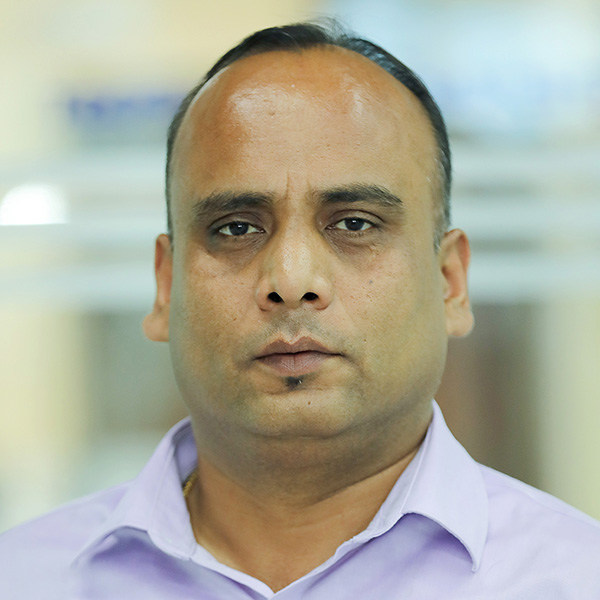
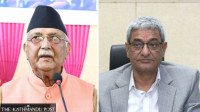
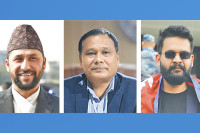


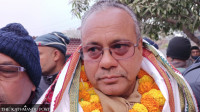

%20(1).jpg&w=300&height=200)
